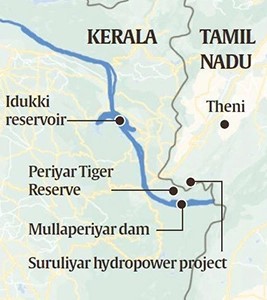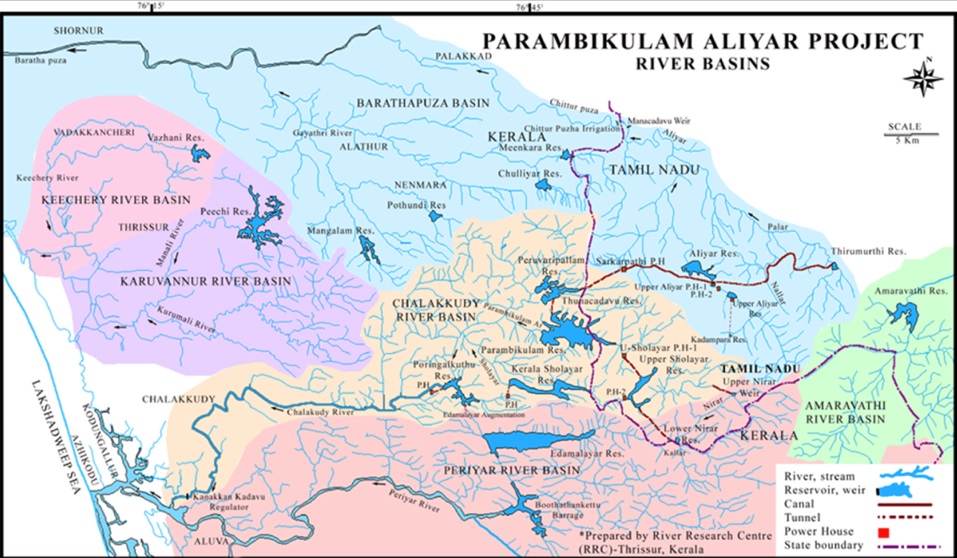7667766266
enquiry@shankarias.in
What is the issue?
The issue of the maximum water level in the Mullaperiyar dam and the possibility of a dam-break has revived the contyroversy surrounding the Tamilnadu Kerala relations.


References